It looks like you're using an Ad Blocker.
Please white-list or disable AboveTopSecret.com in your ad-blocking tool.
Thank you.
Some features of ATS will be disabled while you continue to use an ad-blocker.
share:
originally posted by: johnsequitur1221
Star and Flag for you. We need to go back to the moon. If we're truly the home of the brave we can't be held back by what's up there.
This is the most held back planet in existence.
We can and are held back lol.
Nasa lies because it has too...hopefully for not much longer though...space overlords are signalling a skirmish brewing.
a reply to: ParasuvO
Every step should kick up a nice cloud that takes 5 times at least as long to settle?
And the dust would fly 5 times farther?
Due to myriad meteorite impacts (with velocities in the range of 20 km/s), the lunar surface is covered with a thin layer of dust. The dust is electrically charged and sticks to any surface it comes in contact with.
Have any more idiotic responses ……..
a question for everyone in thread who is raising the " dust " issue :
at what altitude did EAGLE cutt off its descent rocket ?
the answer is in the ALSJ .
the low levels of dust on the EAGLE landing pads is actually expected .
ETA :
rather than simply ask - "at what altitude did EAGLE cutt off its descent rocket ? " - a more interesting line of inquiry = lokk up the thrust profile for the entire descent . [ reading the comms transcripts explains WHY the profile looks " odd " ]
hey - science
at what altitude did EAGLE cutt off its descent rocket ?
the answer is in the ALSJ .
the low levels of dust on the EAGLE landing pads is actually expected .
ETA :
rather than simply ask - "at what altitude did EAGLE cutt off its descent rocket ? " - a more interesting line of inquiry = lokk up the thrust profile for the entire descent . [ reading the comms transcripts explains WHY the profile looks " odd " ]
hey - science
edit on 26-7-2018 by ignorant_ape because: (no reason given)
originally posted by: ParasuvO
Every step should kick up a nice cloud that takes 5 times at least as long to settle?
With low gravity dust is thrown higher, but without a real atmosphere it will fall at the same velocity as it was kicked up, so I don't see any reason for it to take longer to settle.
originally posted by: ParasuvO
originally posted by: neo96
a reply to: GBP/JPY
How should dust act in a low grav environment?
Every step should kick up a nice cloud that takes 5 times at least as long to settle?
And the dust would fly 5 times farther?
In the Moon's low gravity but airless environment, dust (and everything else) falls at 1.62 m/s². As shown in the "hammer and feather" experiment conducted by the Apollo guys, and as shown in that lunar rover footage I posted earlier.
originally posted by: ParasuvO
And actually Hollywood and Nasa looked EXACTLY the same in those days.
I know, right. The starry space in movies looks exactly the same as star-less Apollo images...
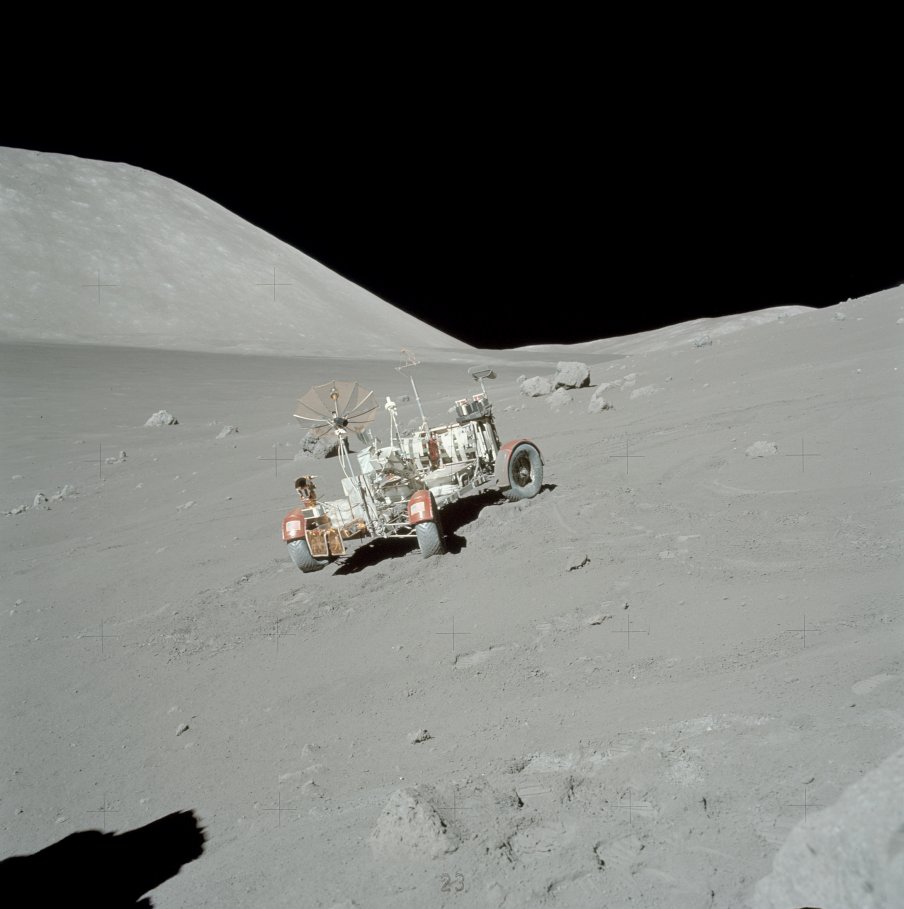
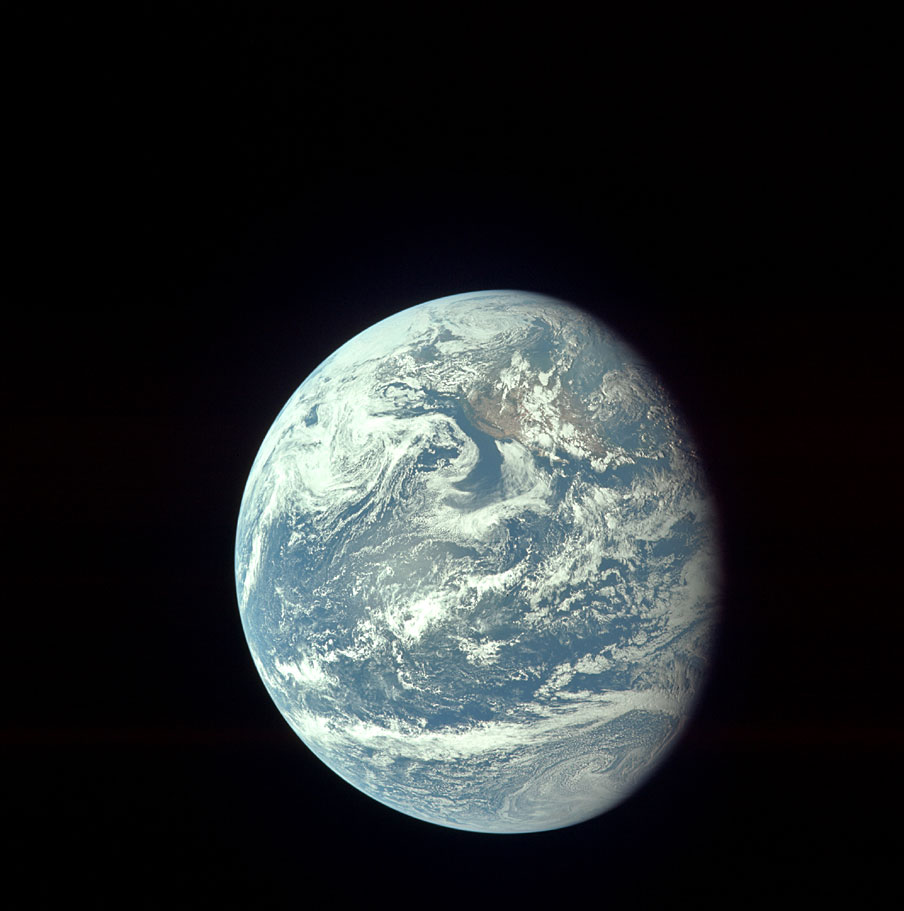
edit on 26-7-2018 by wildespace because: (no reason given)
originally posted by: ParasuvO
originally posted by: neo96
I think the problem is people have come to think real life SPACE doesn't look like they've grown accustomed to in film and television.
Truth is. Hollywood gets it mostly all wrong.
When have we ever seen what space looks like?
And actually Hollywood and Nasa looked EXACTLY the same in those days.
These Hollywood representations of the Moon from the late 1960s don't look very much like NASA's Apollo images:
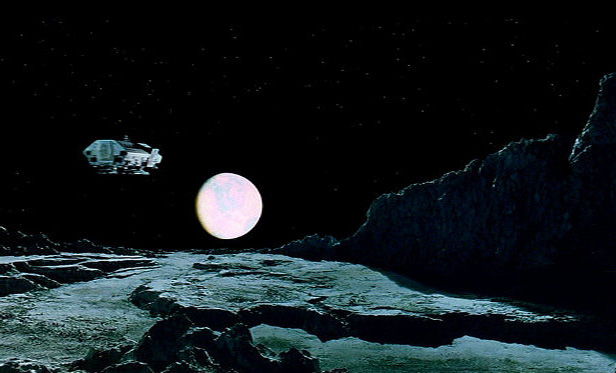
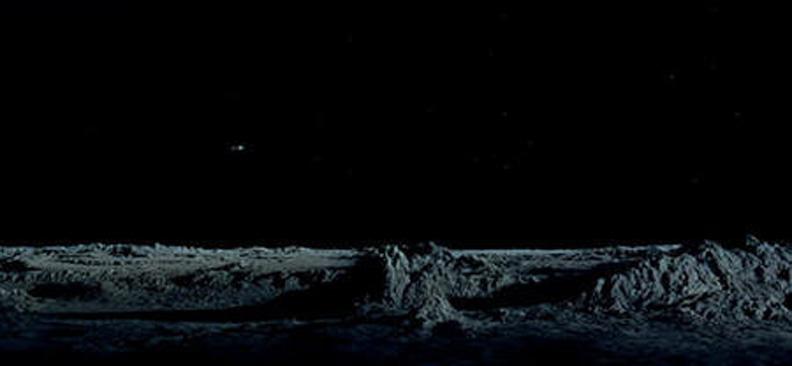
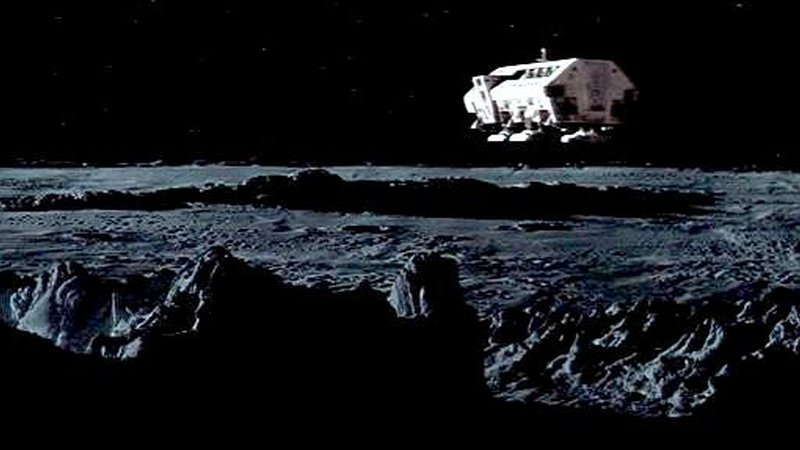

edit on 26/7/2018 by Soylent Green Is People because: (no reason given)
guys the moon landing was real, the reason people always question the photos is because they're doctored so obviously they'll look a little weird
[snipped]
the guys that are interviewed worked for NASA and the whole video is about them altering the photos to prevent us from seeing anything NASA and the gov. don't want us to see
[snipped]
the guys that are interviewed worked for NASA and the whole video is about them altering the photos to prevent us from seeing anything NASA and the gov. don't want us to see
edit on 7.31.2018 by Kandinsky because: (no reason given)
originally posted by: Danaluet
guys the moon landing was real, the reason people always question the photos is because they're doctored so obviously they'll look a little weird
Please show us any evidence of the Apollo photos being doctored. I've looked through hundreds of them and haven't seen any signs of doctoring.
edit on 31-7-2018 by wildespace because: (no reason given)
originally posted by: Soylent Green Is People
originally posted by: ParasuvO
originally posted by: neo96
I think the problem is people have come to think real life SPACE doesn't look like they've grown accustomed to in film and television.
Truth is. Hollywood gets it mostly all wrong.
When have we ever seen what space looks like?
And actually Hollywood and Nasa looked EXACTLY the same in those days.
These Hollywood representations of the Moon from the late 1960s don't look very much like NASA's Apollo images:
Mind you, these scenes show the nightside of the Moon, bathed in earthshine, so obviously they look different from any of the Apollo images. I guess it might be possible to see some of the brighter stars when in that setting.
If I take a photo of you standing in a field on a dark night, will stars show in the sky over/behind you?
a reply to: carewemust
What is the ISO (sensitivity of the film or CCD)?
What is the shutter-speed?
What is the f/stop (aperture setting)?
These things MUST be known before the question can be answered.
What is the ISO (sensitivity of the film or CCD)?
What is the shutter-speed?
What is the f/stop (aperture setting)?
These things MUST be known before the question can be answered.
originally posted by: carewemust
If I take a photo of you standing in a field on a dark night, will stars show in the sky over/behind you?
As St. Exupery mentioned above, if your camera exposure settings are set to something similar to daylight conditions, as the Apollo cameras usually were due to the brightness of the Moon's surface, and your ISO is not that high, the stars in your dark field picture would not show up (except maybe Venus...maybe).
If the astronauts had used the same exposure settings that you would need to see the stars in your picture taken in a dark field, the sunlit surface of the moon would have been terribly overexposed.
edit on 1/8/2018 by Soylent Green Is People because: (no reason given)
originally posted by: Soylent Green Is People
originally posted by: carewemust
If I take a photo of you standing in a field on a dark night, will stars show in the sky over/behind you?
As St. Exupery mentioned above, if your camera exposure settings are set to something similar to daylight conditions, as the Apollo cameras usually were due to the brightness of the Moon's surface, and your ISO is not that high, the stars in your dark field picture would not show up (except maybe Venus...maybe).
If the astronauts had used the same exposure settings that you would need to see the stars in your picture taken in a dark field, the sunlit surface of the moon would have been terribly overexposed.
And, in fact, we know what settings Apollo astronauts used on the Moon. The film ISO is known, and they used predermined f/ and shutter values.
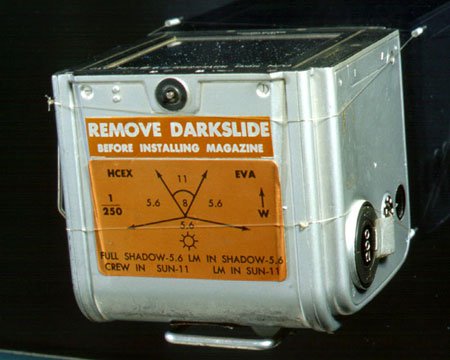
These are daylight settings, you won't capture stars with them.
Here's a photo I took of the starry night sky using exactly the same settings:

See any stars?
a reply to: wildespace
Looks like stills from 2001 some have the Earth in view so not the night side.
Lots of errors in 2001 A Space Odyssey which is ironic since the director Stanley Kubrick was supposed to have faked the Moon landing footage.
Looks like stills from 2001 some have the Earth in view so not the night side.
Lots of errors in 2001 A Space Odyssey which is ironic since the director Stanley Kubrick was supposed to have faked the Moon landing footage.
edit on 2-8-2018 by wmd_2008 because: (no reason given)
originally posted by: wmd_2008
a reply to: wildespace
Looks like stills from 2001 some have the Earth in view so not the night side.
When the moon is new or a crescent, the side facing us is the night side. And, yes, you have the "full earth" in the sky lighting up the terrain.
Lots of errors in 2001 A Space Odyssey which is ironic since the director Stanley Kubrick was supposed to have faked the Moon landing footage.
What errors are those? (Pertaining to the Moon)
edit on 2-8-2018 by wildespace because: (no reason given)
new topics
-
A Warning to America: 25 Ways the US is Being Destroyed
New World Order: 35 minutes ago -
America's Greatest Ally
General Chit Chat: 1 hours ago -
President BIDEN's FBI Raided Donald Trump's Florida Home for OBAMA-NORTH KOREA Documents.
Political Conspiracies: 6 hours ago -
Maestro Benedetto
Literature: 7 hours ago -
Is AI Better Than the Hollywood Elite?
Movies: 8 hours ago -
Las Vegas UFO Spotting Teen Traumatized by Demon Creature in Backyard
Aliens and UFOs: 11 hours ago
top topics
-
President BIDEN's FBI Raided Donald Trump's Florida Home for OBAMA-NORTH KOREA Documents.
Political Conspiracies: 6 hours ago, 27 flags -
Krystalnacht on today's most elite Universities?
Social Issues and Civil Unrest: 17 hours ago, 9 flags -
Supreme Court Oral Arguments 4.25.2024 - Are PRESIDENTS IMMUNE From Later Being Prosecuted.
Above Politics: 17 hours ago, 8 flags -
Weinstein's conviction overturned
Mainstream News: 16 hours ago, 8 flags -
Gaza Terrorists Attack US Humanitarian Pier During Construction
Middle East Issues: 12 hours ago, 8 flags -
Massachusetts Drag Queen Leads Young Kids in Free Palestine Chant
Social Issues and Civil Unrest: 14 hours ago, 7 flags -
Las Vegas UFO Spotting Teen Traumatized by Demon Creature in Backyard
Aliens and UFOs: 11 hours ago, 6 flags -
Meadows, Giuliani Among 11 Indicted in Arizona in Latest 2020 Election Subversion Case
Mainstream News: 14 hours ago, 5 flags -
2024 Pigeon Forge Rod Run - On the Strip (Video made for you)
Automotive Discussion: 12 hours ago, 4 flags -
Is AI Better Than the Hollywood Elite?
Movies: 8 hours ago, 3 flags
active topics
-
Is AI Better Than the Hollywood Elite?
Movies • 17 • : ThePsycheaux -
The best Rice dish i've ever tasted... Kimchi Rice
Food and Cooking • 26 • : lamhaocc -
A Warning to America: 25 Ways the US is Being Destroyed
New World Order • 1 • : 727Sky -
Massachusetts Drag Queen Leads Young Kids in Free Palestine Chant
Social Issues and Civil Unrest • 15 • : tarantulabite1 -
America's Greatest Ally
General Chit Chat • 1 • : BingoMcGoof -
How ageing is" immune deficiency"
Medical Issues & Conspiracies • 35 • : annonentity -
HORRIBLE !! Russian Soldier Drinking Own Urine To Survive In Battle
World War Three • 49 • : Freeborn -
Gaza Terrorists Attack US Humanitarian Pier During Construction
Middle East Issues • 30 • : Asher47 -
Electrical tricks for saving money
Education and Media • 8 • : anned1 -
Hate makes for strange bedfellows
US Political Madness • 48 • : Terpene
